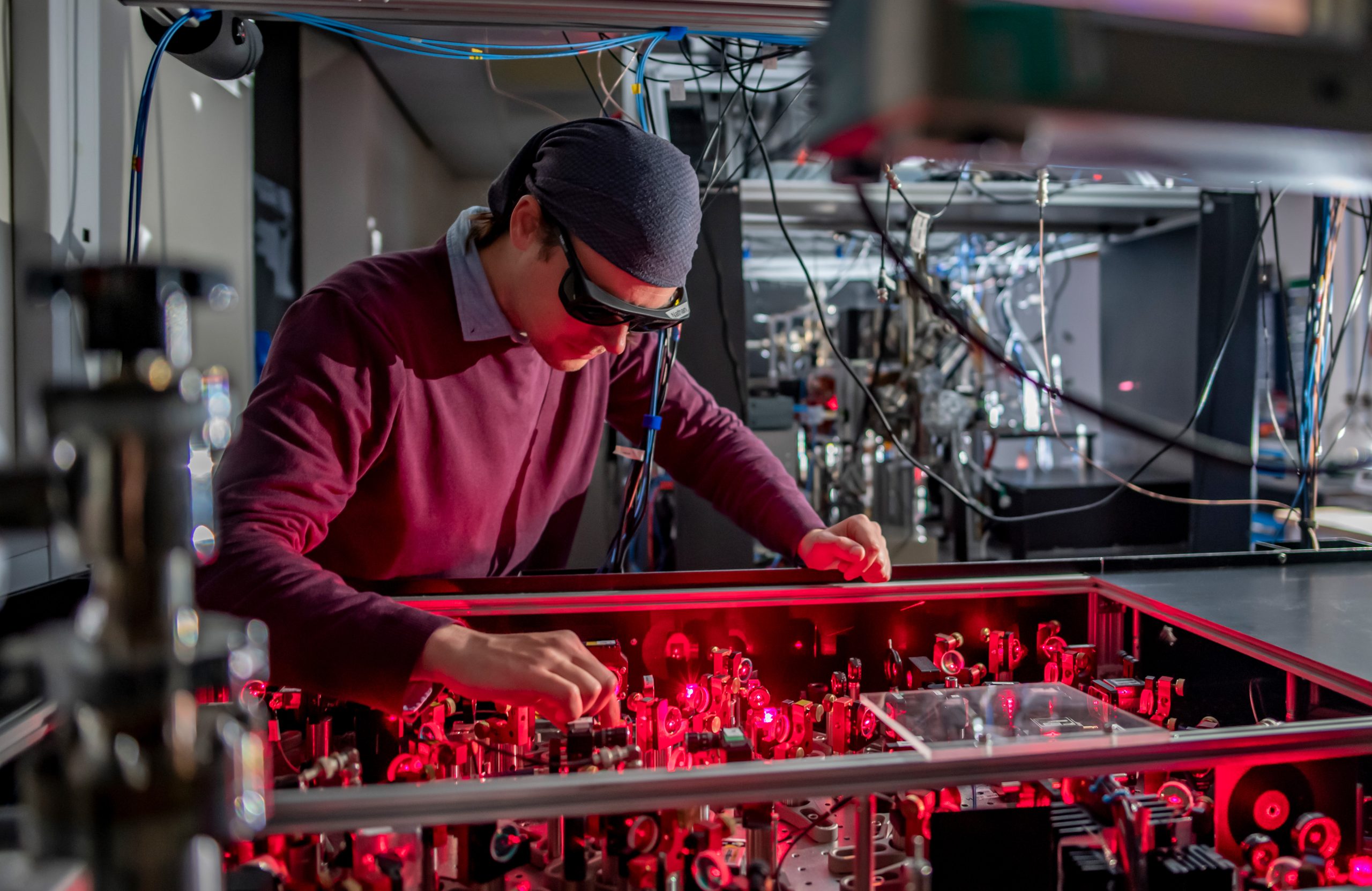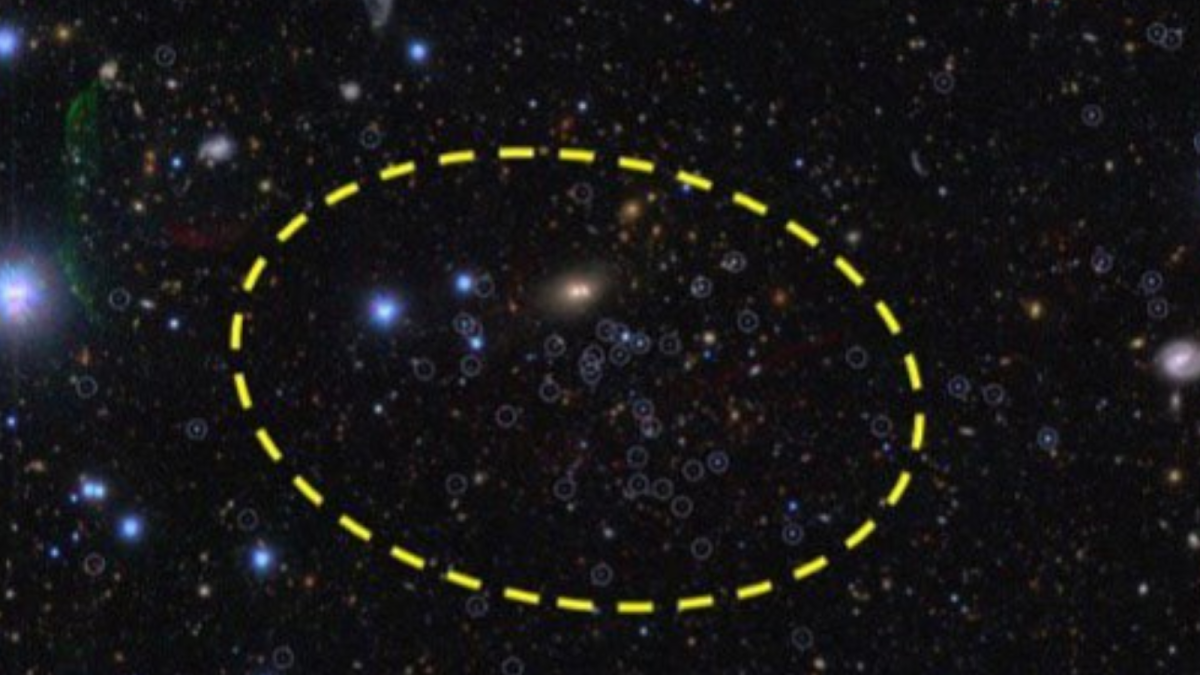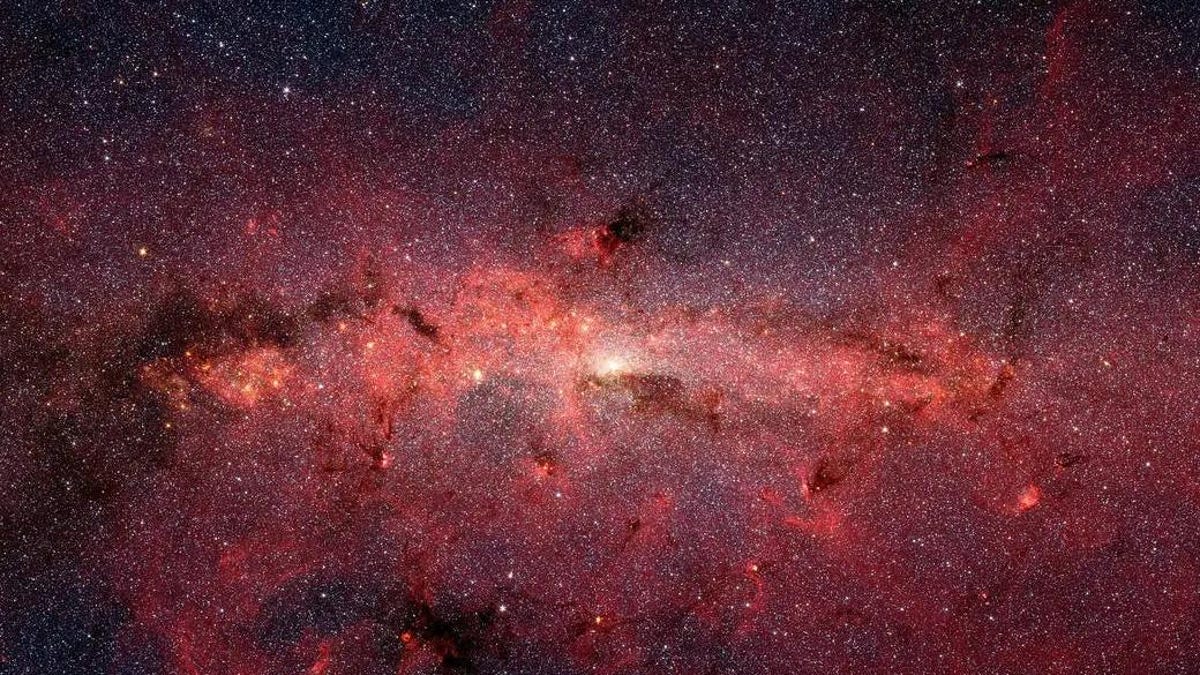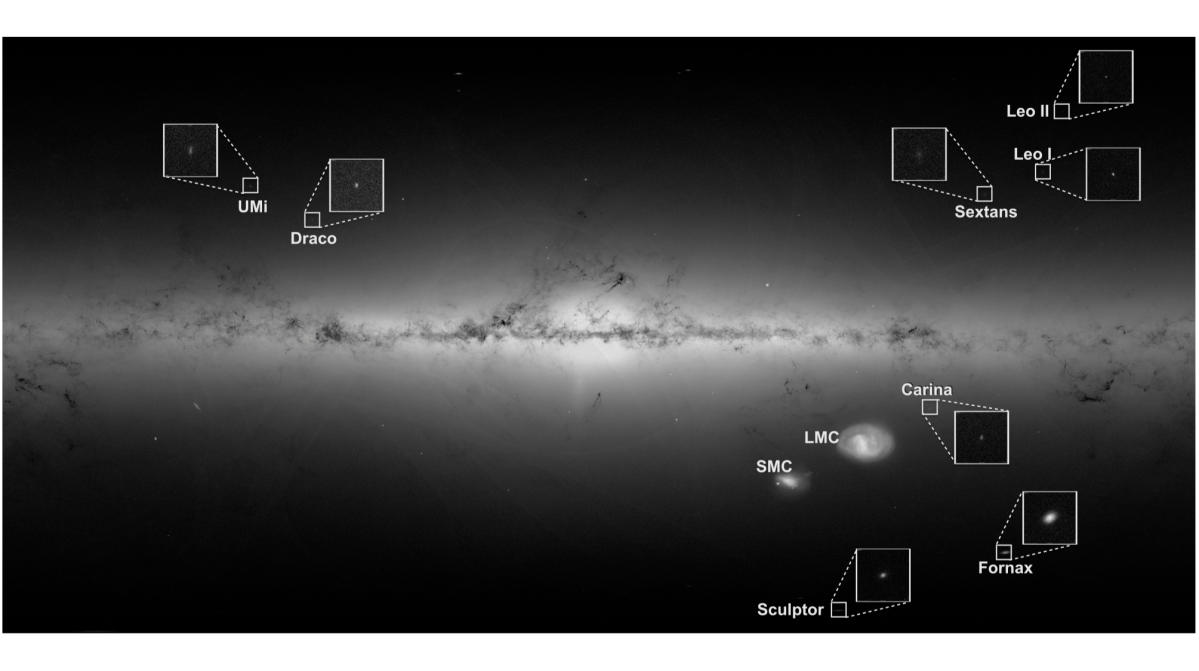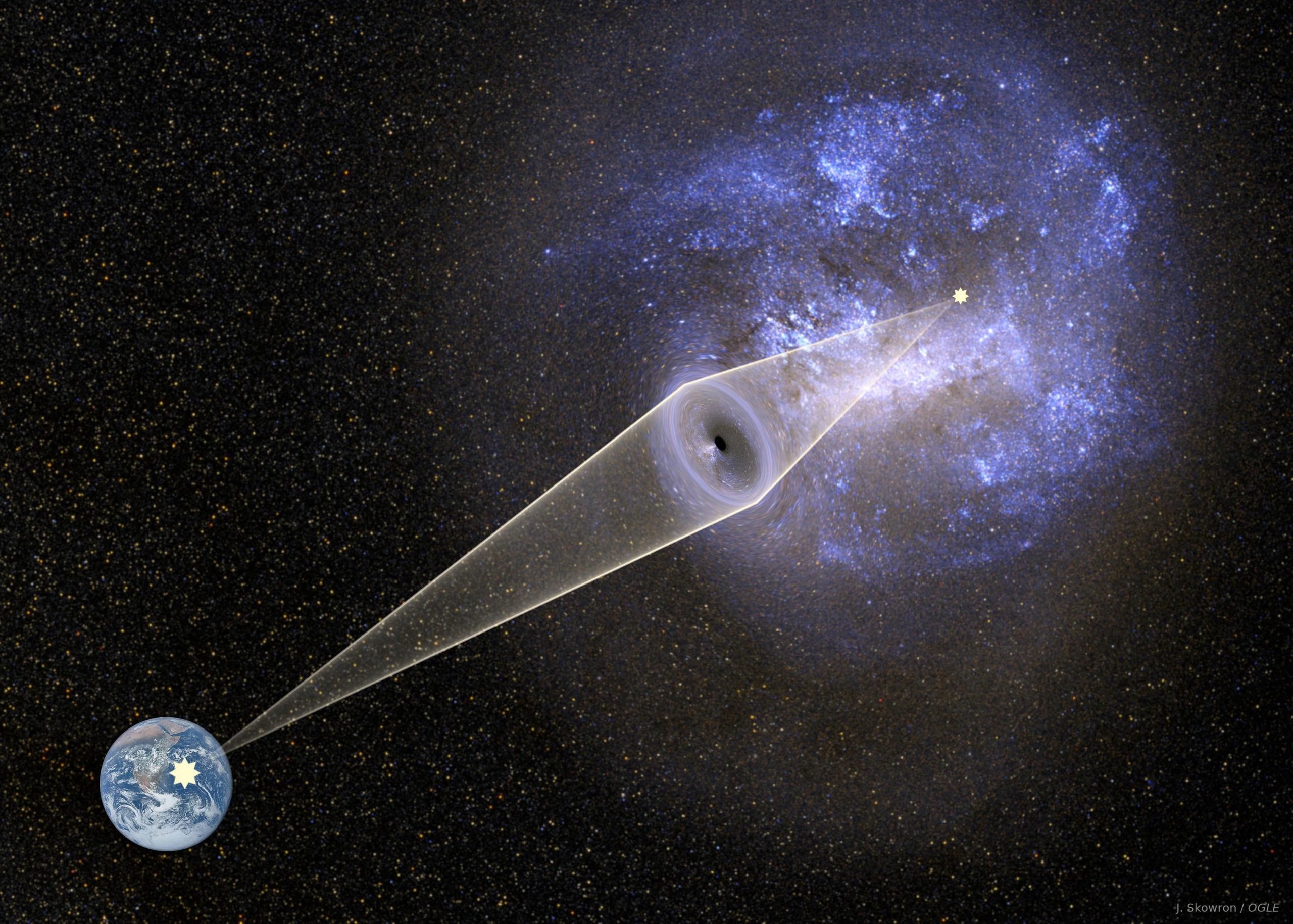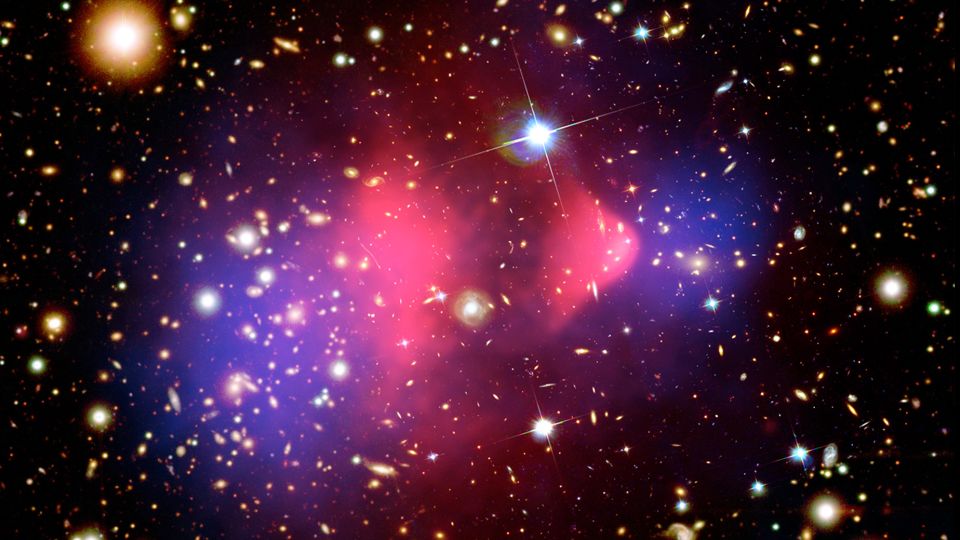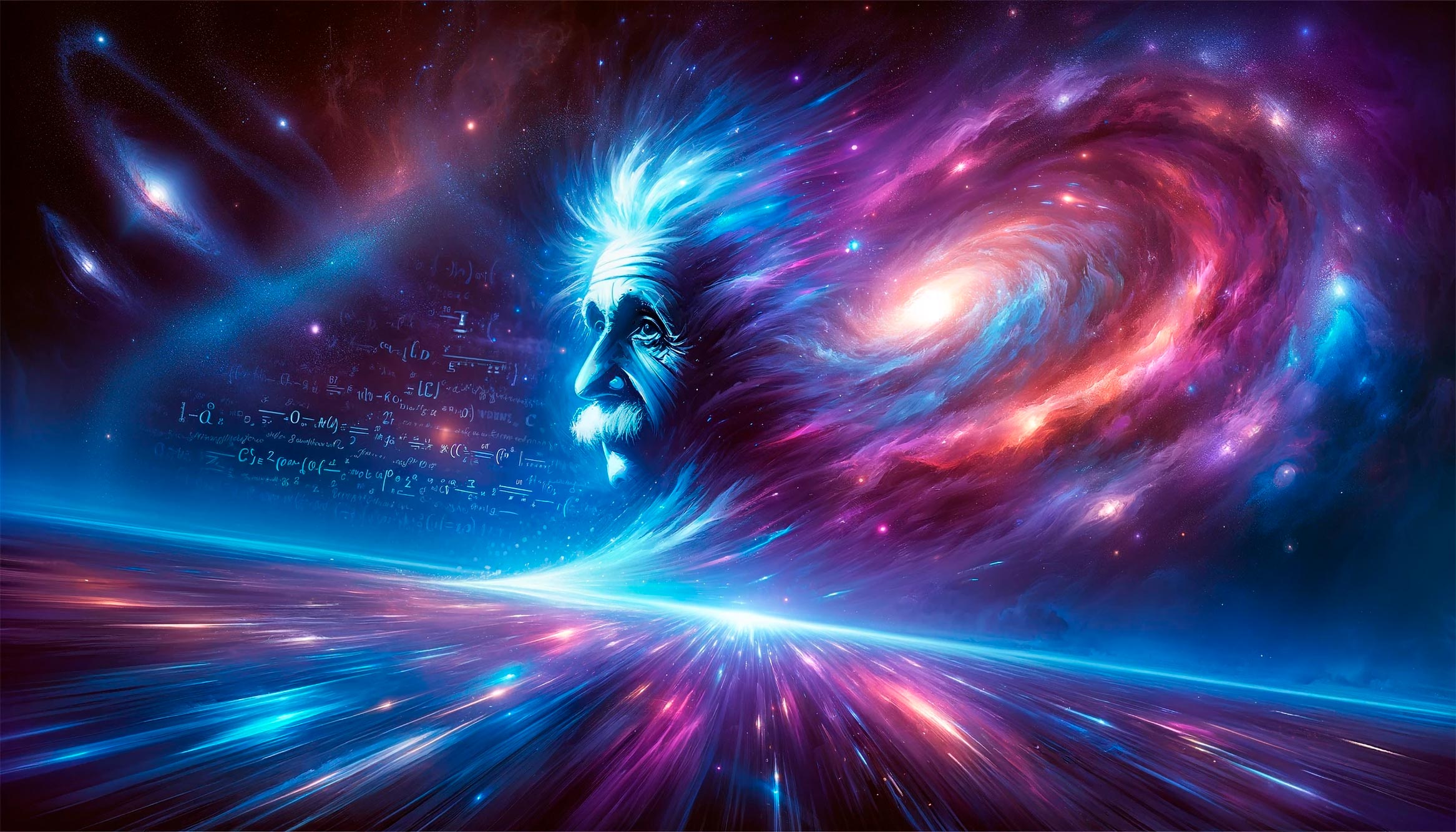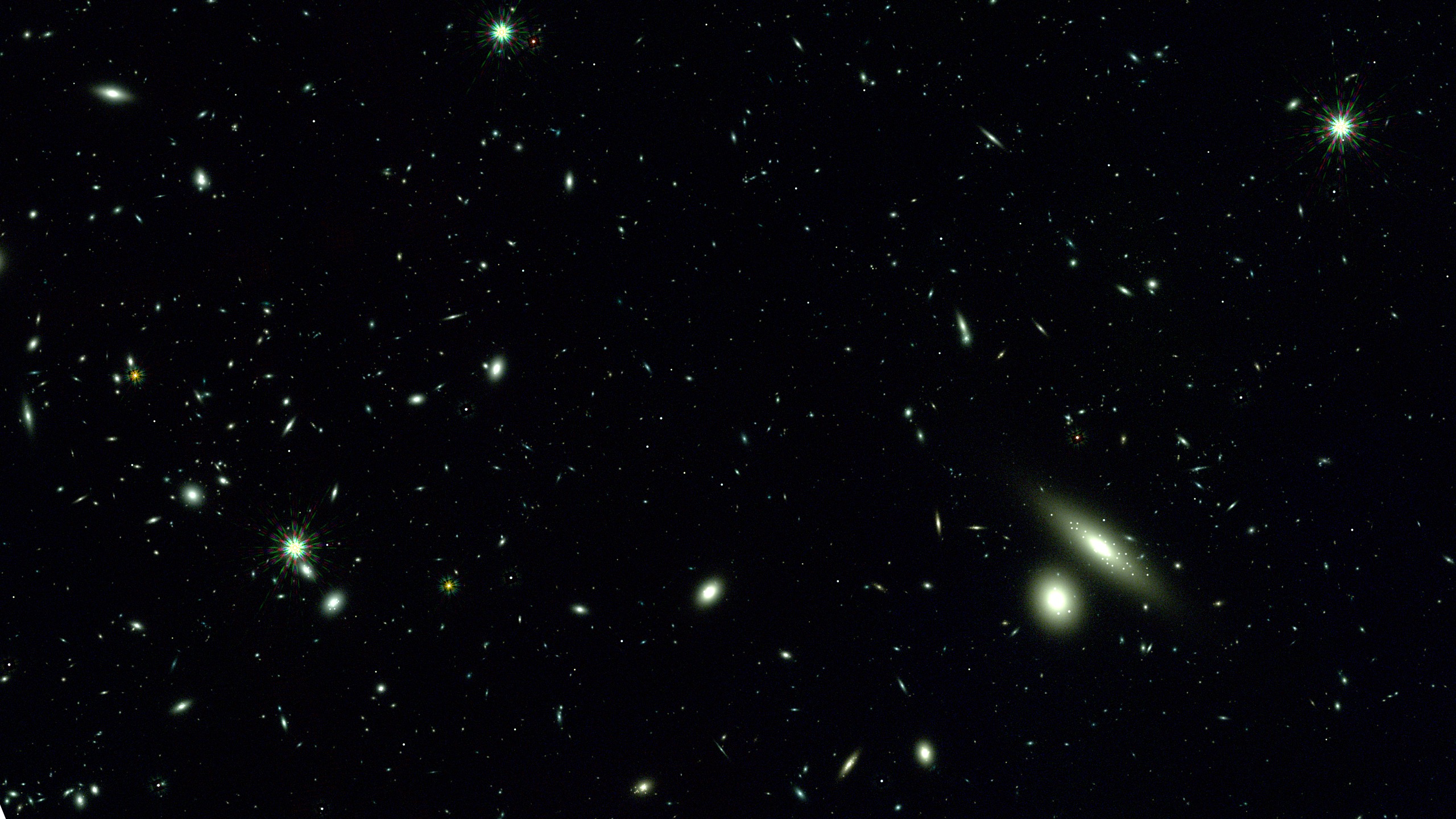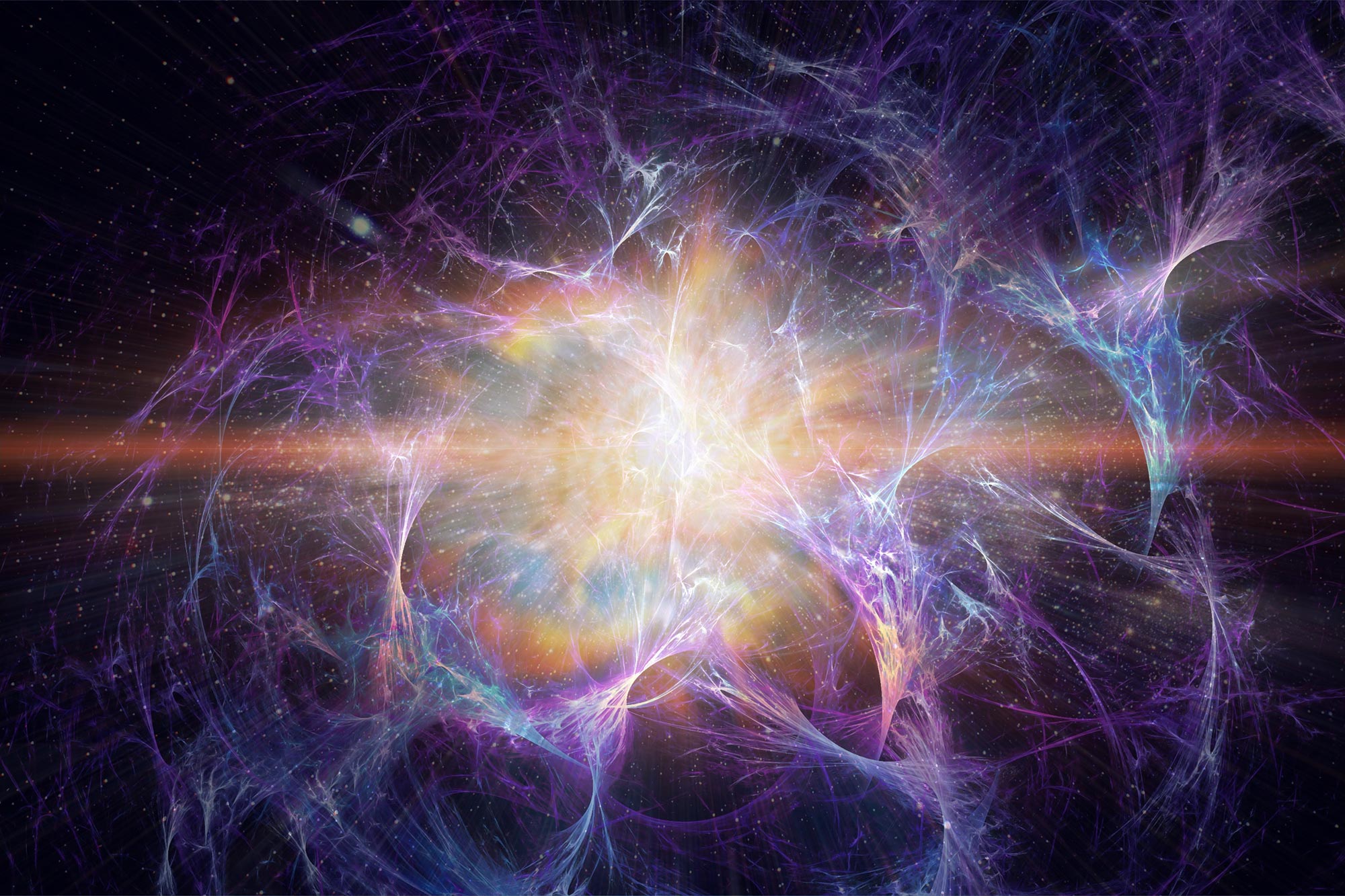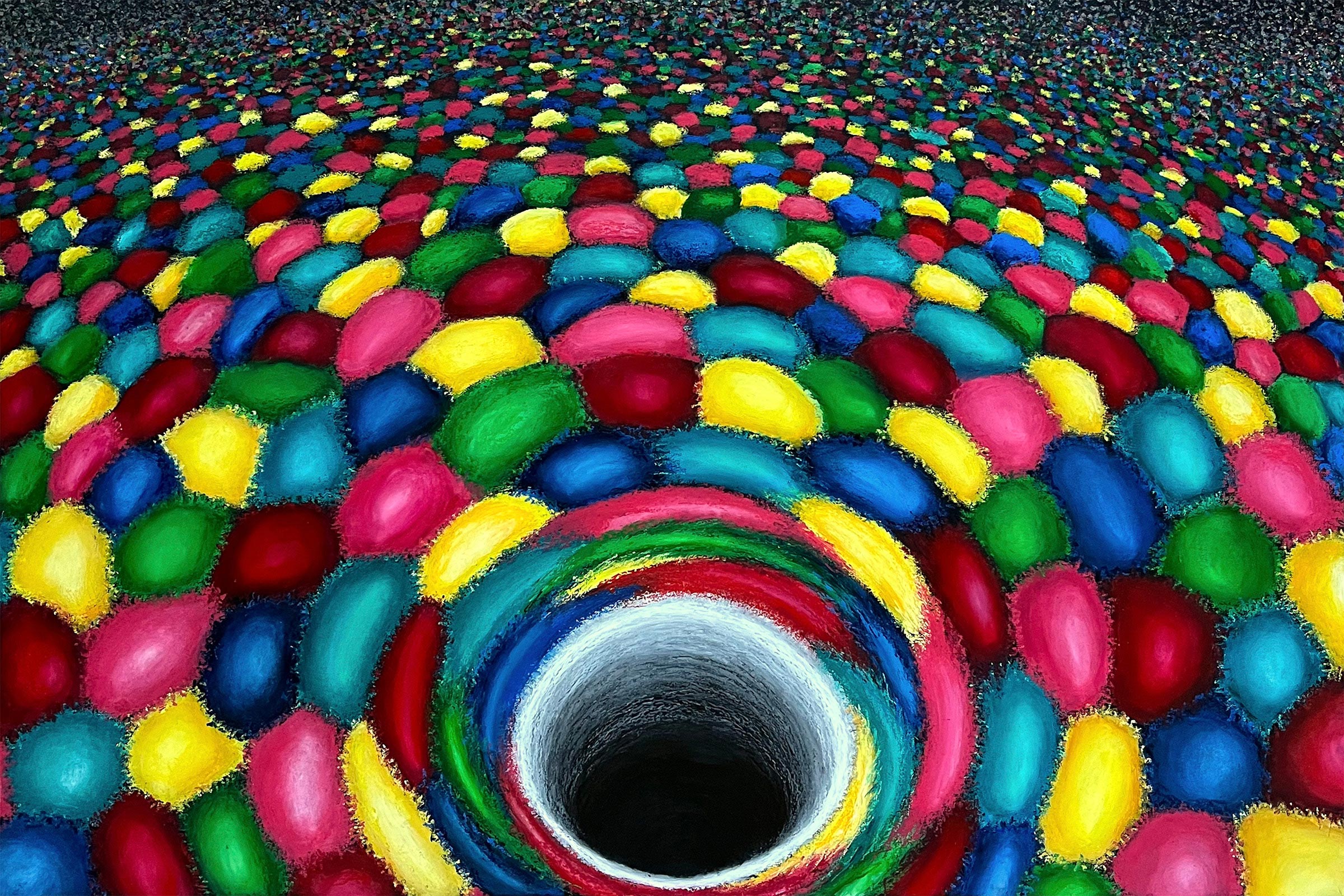New experiment to ‘capture’ dark matter could unravel mysteries of the universe
Researchers at the University of Nottingham have developed a new method using a 3D-printed vacuum system to detect dark matter and potentially reveal the nature of dark energy. The system manipulates the gas density and uses ultracold lithium atoms to probe the effects of scalar fields, with the aim of observing domain walls: defects formed … Read more
